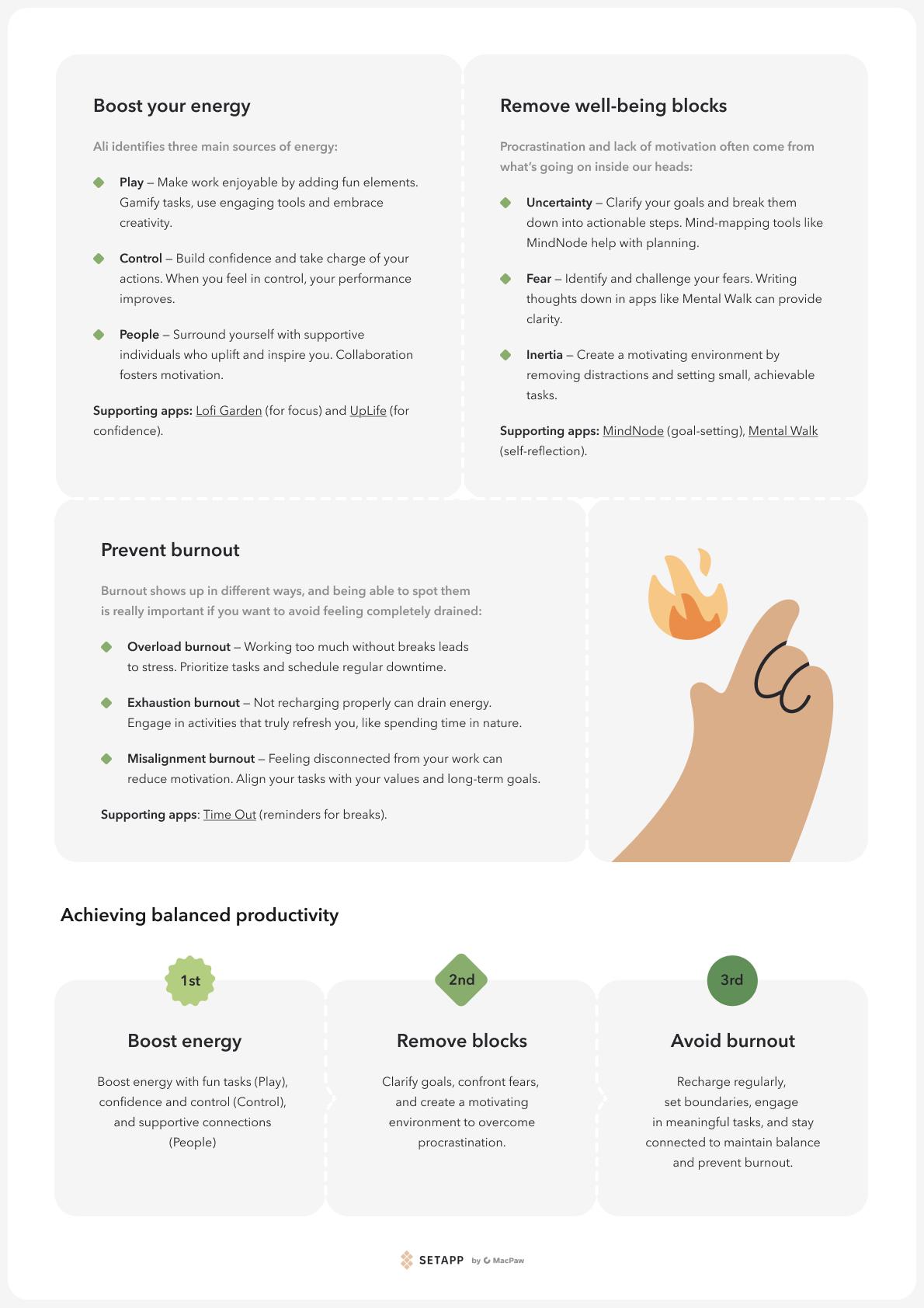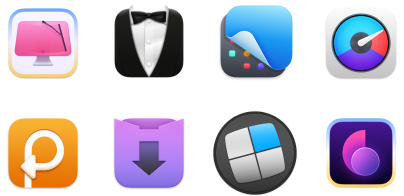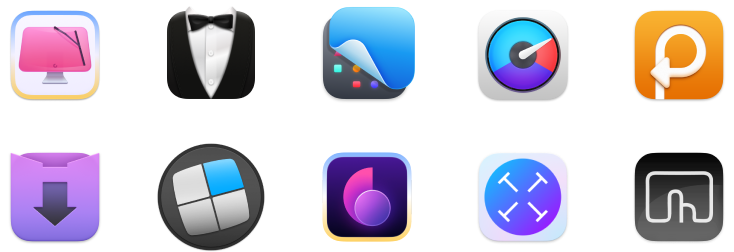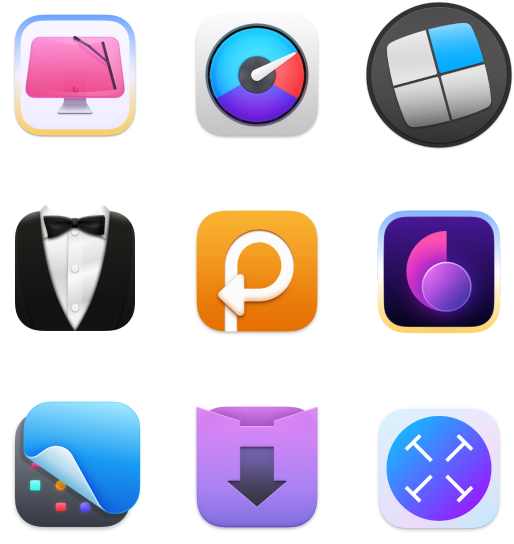“Feel-good productivity” by Ali Abdaal: Insights on finding harmony between efficiency and happiness
After getting burned out at work last year, I realized I wanted to find happiness instead of just grinding away. I moved from the city center to the suburbs. I knew that a change of scenery would help my mindset. But that was only the first step.
During this time, I started learning more about managing my energy. So when I saw Ali Abdaal’s book, I knew it was just what I needed.
I read it in three days, and honestly, it did not disappoint. In this article, I want to share my thoughts about the book. Before you move to my “Feel-Good Productivity” summary, let me emphasize that this review isn’t just another trivial take on productivity; it’s really based on my personal experience and the steps I took to find balance. I’ll share some practical insights and a few cool tools I used along the way.
Main ideas of “Feel-good productivity”
Ali’s philosophy revolves around the idea that energy drives productivity, and well-being fuels energy. If you feel good, you naturally have more energy to be productive. So, the goal is to raise your energy and improve your well-being.
Ali suggests three key areas to focus on:
Increasing energy
Removing blocks to well-being
Maintaining good health

Let’s dive into each part one by one.
Part one: Boost your energy
Ali identifies three main sources of energy (so-called energizers): Play, Control, and People. Let me explain.

Play
Life can be stressful. What if you add some play to it? Treat your tasks like game challenges. For instance, when facing a work problem, think of it as a level to conquer. If you’re writing a dull report, use a fun template or include interesting graphics. And if things don’t go as planned, just laugh it off. Remember that failures are just part of the process.
Control
The idea behind this energizer is that you control your own fate. If you’re not confident, you can’t take that control. That’s why the author recommends starting with building your self-confidence. Also, when you feel empowered and confident, your performance increases.
One great tip from Ali to boost your confidence is to ask yourself, “What would it look like if I were really confident?” Then just act like you are, even if you don’t feel it.
Interesting fact: Abdaal imagines himself as Charles Xavier from X-Men when he has to make a public presentation.
People
You probably won’t argue that our interactions have a huge impact on our mood and overall well-being. So it comes naturally that instead of spending time with energy drainers who leave you feeling depleted, it’s better to seek out friends and colleagues who lift you up and inspire you to be better.
Another important point that Ali emphasizes is collaboration. View yourself as part of a team, not just an isolated individual. Having a sense of belonging and connection can brighten your spirits and motivate you to tackle challenges together. Imagine how much easier it is to face a tough day when you know you have a supportive network behind you.
Let’s summarize the energizers that boost your productivity:
Energizer | What you can do |
Play | Add fun and adventure to your tasks to stay engaged. Use Lofi Garden to create a chill atmosphere with relaxing lo-fi beats. |
Control | Take charge of your tasks, and work on your confidence with UpLife. When you feel confident, your performance increases. |
People | Surround yourself with positive, supportive people to lift your mood and motivation. |
Part two: Identify and remove well-being blocks
Ali says that the three energizers alone are not enough because everyone wants to procrastinate sometimes. He believes that the common causes of procrastination are negative feelings such as uncertainty, fear, and inertia. Ali suggests focusing on understanding why we’re procrastinating in the first place. If we understand the nature of the “enemy,” we can overcome it easier. Here’s how you start:

Clarify goals
Knowing your goals helps you focus your actions. Specify what you aim to achieve. Use questions like What? Why? When?
Overcome fear
Fear can stop progress. Identify what scares you, where these fears come from, and work on overcoming them.
When you find yourself procrastinating, Abdaal suggests asking these questions:
What am I afraid of?
Where does this fear come from? Is it something within myself or from others? Am I worried about my own skills or how people will react?
If a fictional character were in my shoes and procrastinating because of fear, what fear might they have?
Interesting fact: Abdaal put off the start of a YouTube channel for seven years because he was afraid of failure, judgement, and criticism.
Move forward
Clear hurdles that prevent action. Create an environment that motivates you to start. For example, you can uninstall social media apps from your phone, declutter your workspace, etc.
Let’s summarize well-being blocks:
Block | What you can do |
Uncertainty | Clearly define what you want to achieve. Map out specific goals in MindNode to guide your actions. |
Fear | Identify your fears and challenge them. Use the Mental Walk app to reflect on what’s holding you back. |
Inertia | Create an environment that motivates you (e.g., declutter a little bit). Take small, actionable steps toward your goals. |
Part three: Avoid burnout
I particularly enjoyed the last part of Ali Abdaal’s “Feel-Good Productivity.” If you started reading from the very beginning, you may have noticed that I experienced burnout myself not long ago.
From my experience, I can say that burnout doesn’t only affect people who are working long hours in high-stress jobs. I didn’t, and that’s why it was hard for me to recognize what I was dealing with. Burnout can also happen when your work loses its sense of meaning.
I like that Ali dedicated a big part of the book to understanding burnout. As I already said, when you know the enemy well, you know how to fight it well.
So, here are three types of burnout:
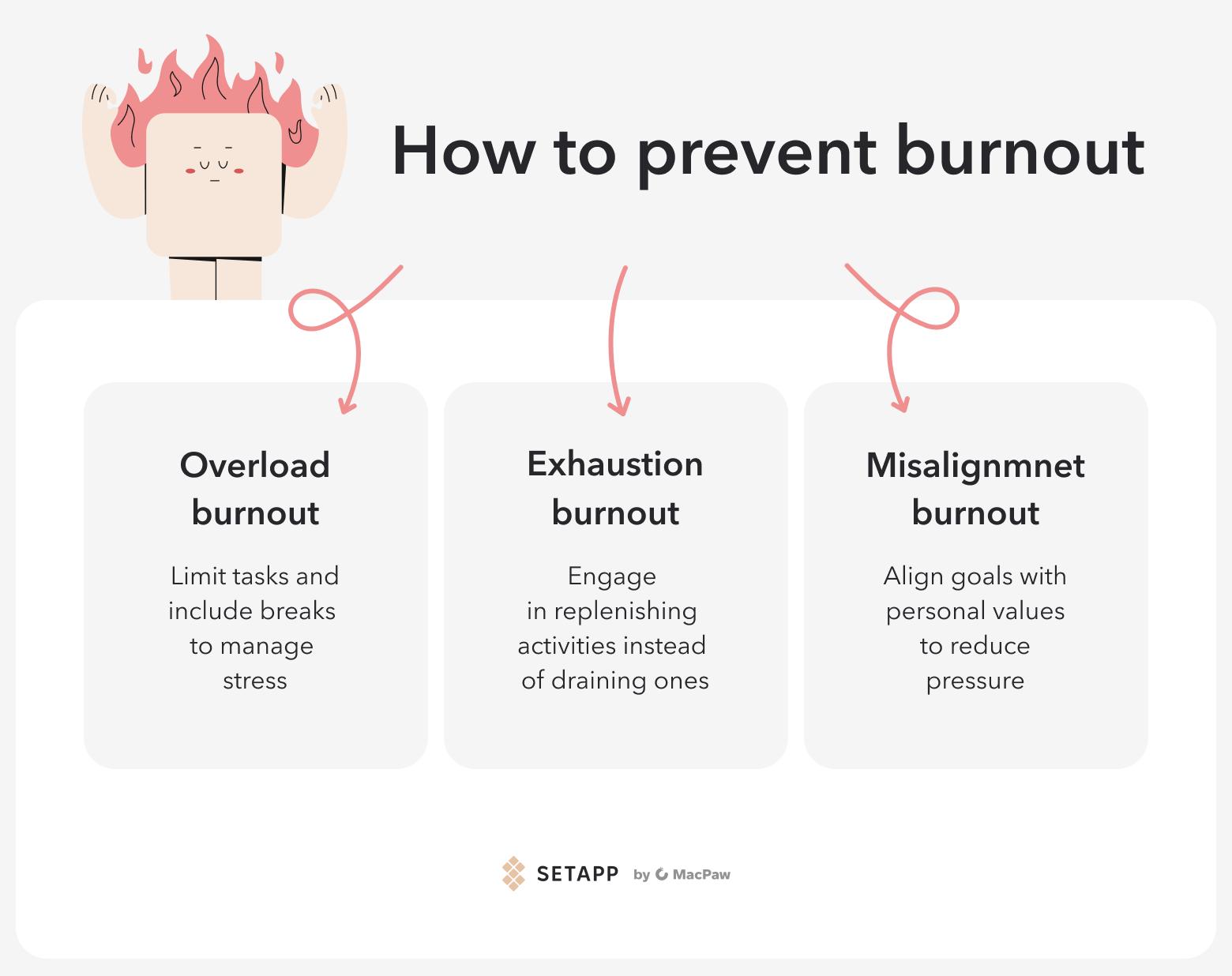
Overload burnout
Too much work can lead to stress. Limit your task list and include breaks in your routine. The author suggests creating an “Energy Investment Portfolio.” The main idea is to list all the things you want to do but focus on just a few “active investments” at a time. Abdaal himself keeps it to about five tasks. This practice helps prevent the feeling that you need to do everything at once.
Exhaustion burnout
This type of burnout happens when we fail to allow ourselves adequate time and space to recharge. We often fill our free time with activities that leave us feeling drained, like doom-scrolling through social media, binge-watching TV shows, or catching up on emails. Alternatively, we could choose to engage in activities that genuinely replenish our energy and foster our well-being.
Taking an hour-long walk in the forest with my dog, Jerry, has really changed my daily routine. No matter if it’s raining or sunny, we always head out together. These walks give me some fresh air and a chance to clear my head. Being out in nature and focusing on the moment really pays off. I always come back feeling refreshed and ready to tackle the day. Well, if we don’t count the times when Jerry decides to go on a hare chase and drags me along for a few miles! And let’s not even talk about the times he rolls in the mud, and then I have to give him a bath.
Misalignment burnout
Misalignment burnout happens when our goals don’t quite line up with who we are. For example, you might value creativity but find yourself stuck in a rigid corporate job. Or maybe you cherish family time but spend long hours working and miss out on moments with loved ones. In these situations, we’re often pushed by outside pressures instead of acting in ways that truly reflect our values.
Let’s summarize the types of burnout and how to prevent it:
Burnout | What you can do |
Overload (you work too much) | Limit your task list. Identify key priorities and say no to unnecessary commitments. Use Time Out to get reminded about breaks. |
Exhaustion (you don’t recharge) | Get enough rest. Engage in relaxing activities, like spending time in nature or practicing mindfulness. |
Misalignment (you don’t belong where you are) | Clarify your goals and values. Make sure your actions align with what truly matters to you. Regularly reflect on your priorities. |
Note that you can try out all the apps mentioned in this article for free on Setapp. It’s a super handy platform that has a great selection of macOS, iOS, and web apps for just about anything you can think of.
Wrapping up
So here you have it, my “Feel-Good Productivity” summary. To wrap things up, I would like to share one important thought.
Checking out productivity books can be pretty eye-opening. I’ve looked into a few, like “Getting Things Done” by David Allen, “Deep Work” by Cal Newport, and “The 7 Habits of Highly Effective People” by Stephen R. Covey. Each one shares some great tips, but I’ve realized that just knowing these tricks isn’t enough. It’s super important to connect these ideas to a mindset focused on well-being, which is something Ali Abdaal talks about in “Feel-Good Productivity.”
Realizing that productivity isn’t just about cranking out more tasks but about enjoying the process makes for a way more sustainable path to success.
